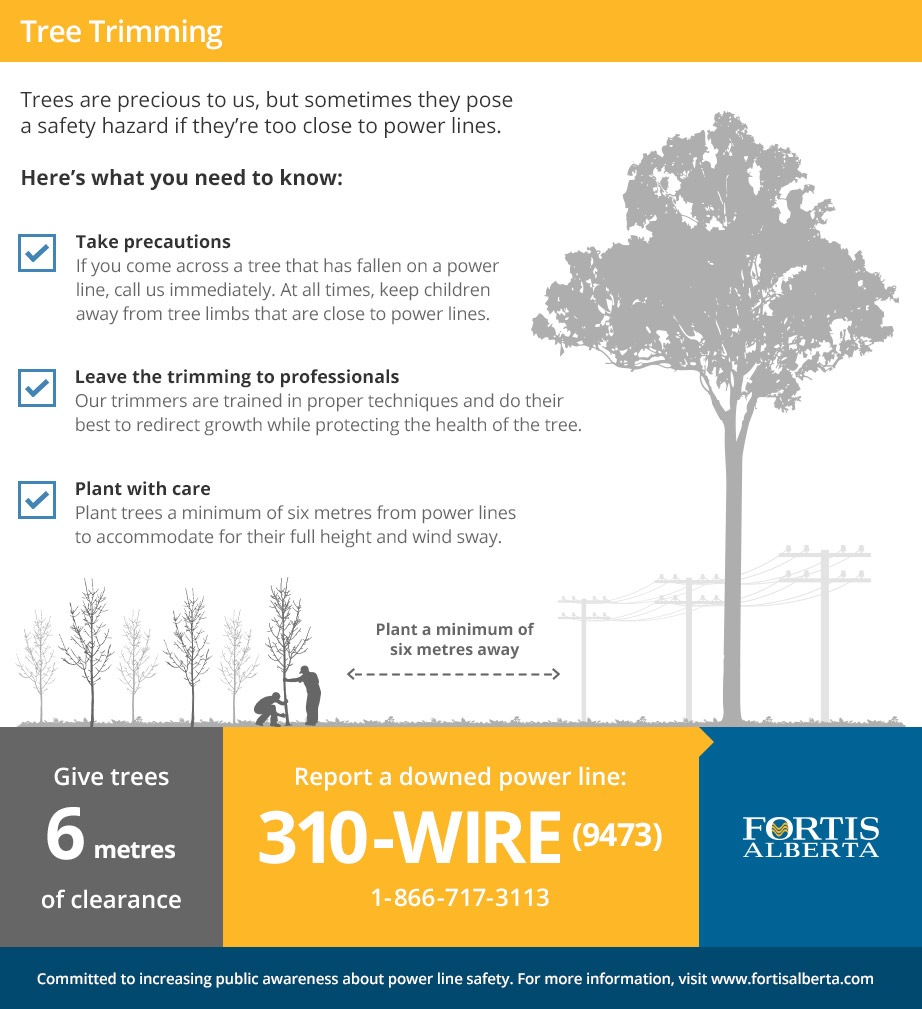The Future Of Trees: Just How To Identify When Elimination Is Called For
The Future Of Trees: Just How To Identify When Elimination Is Called For
Blog Article
simply click the following post Develop By-Lindgaard Goldman
If you have actually ever questioned the fate of the trees on your residential property, recognizing when it's time for removal is vital. However exactly how do you figure out if a tree can be conserved or if elimination is the only option? By searching for certain indications and reviewing security dangers, you can make educated choices that profit both your landscape and your surroundings. Let's discover the crucial variables that come into play when making a decision the destiny of a tree and exactly how you can ensure the most effective result for your eco-friendly buddies.
Indications of Tree Decrease
If you see any of the complying with signs of tree decrease in your yard, it may be time to think about tree removal.
One typical indication is dead or worn out branches, which can indicate underlying concerns impacting the tree's health. Look out for blemished or shrivelled leaves that linger despite proper treatment, as this could be an indicator of disease or pests.
Another warning signal is excessive leaning or an obvious shift in the tree's base, which might suggest root problems or architectural instability. Watch out for fungal development on the trunk or origins, as this can suggest rot and compromise the tree's security.
In addition, if you observe huge fractures in the trunk or significant arm or legs, it's critical to attend to these problems quickly to prevent possible risks. Addressing these signs of tree decline promptly can help keep the security and aesthetics of your yard setting.
Safety and security Problems
To guarantee the well-being of your residential property and those around you, focusing on security issues connected to trees is vital. Trees can posture various safety and security risks if not correctly maintained. click here to find out more or worn out branches might fall all of a sudden, jeopardizing individuals or destructive structures.
Leaning trees can likewise be hazardous, specifically if they're leaning towards a structure or high-voltage line. Furthermore, trees with extensive origin systems near structures or underground utilities can create considerable damages gradually.
It's crucial to routinely examine your trees for any indicators of possible risk. Keep an eye out for fractures in the trunk, big dental caries, or indications of disease and degeneration. If you observe any one of these problems, it's ideal to talk to a professional arborist to examine the circumstance and determine the essential course of action.
Taking proactive actions to resolve safety and security issues promptly can prevent accidents and residential property damage in the future. Remember, the security of your residential or commercial property and those around you must always be the leading priority when it involves tree maintenance.
Consulting an Arborist
When considering the health and wellness of your trees, consulting an arborist is a critical action. Arborists are trained experts who concentrate on the care and maintenance of trees. They can examine the overall health and wellness of your trees, identify any kind of problems such as conditions or architectural troubles, and provide professional recommendations on the best strategy.
By consulting an arborist, you can get useful insights right into the problem of your trees and establish whether removal is required. Arborists have the understanding and experience to evaluate the risks associated with keeping a tree versus removing it. They can likewise supply assistance on different options, such as pruning, cabling, or supporting, to aid preserve the tree whenever feasible.
Furthermore, arborists can assist you browse any kind of local guidelines or permits that may be required for tree removal. Their competence can make sure that the procedure is accomplished safely and in conformity with any type of applicable legislations.
Verdict
In conclusion, when identifying whether trees can be saved or if removal is necessary, it is important to consider signs of decrease and safety and security concerns. Consulting an arborist for a thorough assessment is necessary in making the most effective decision for the tree's health and potential hazards. Remember, positive treatment and timely activity can help maintain trees and protect against crashes.
